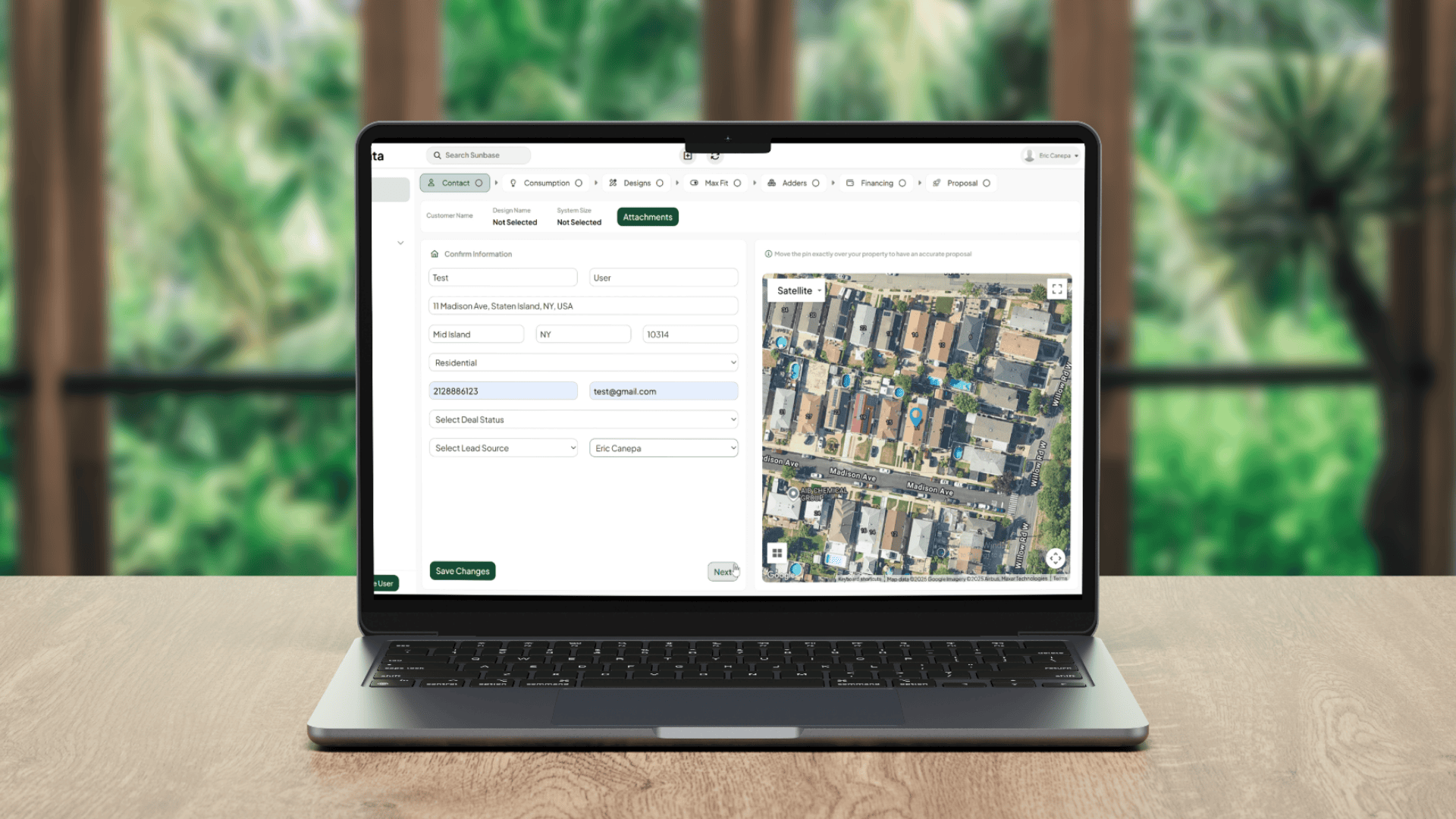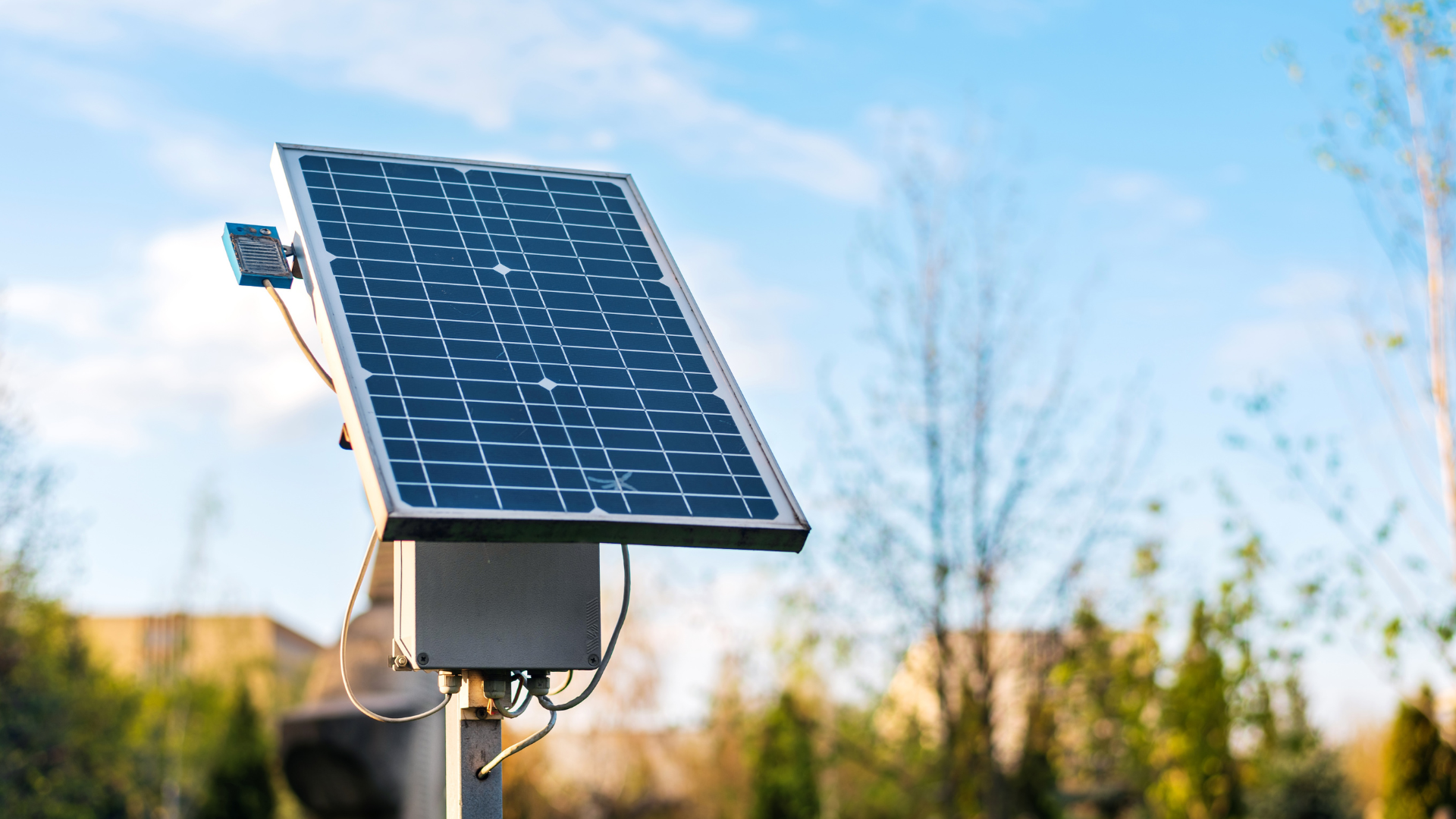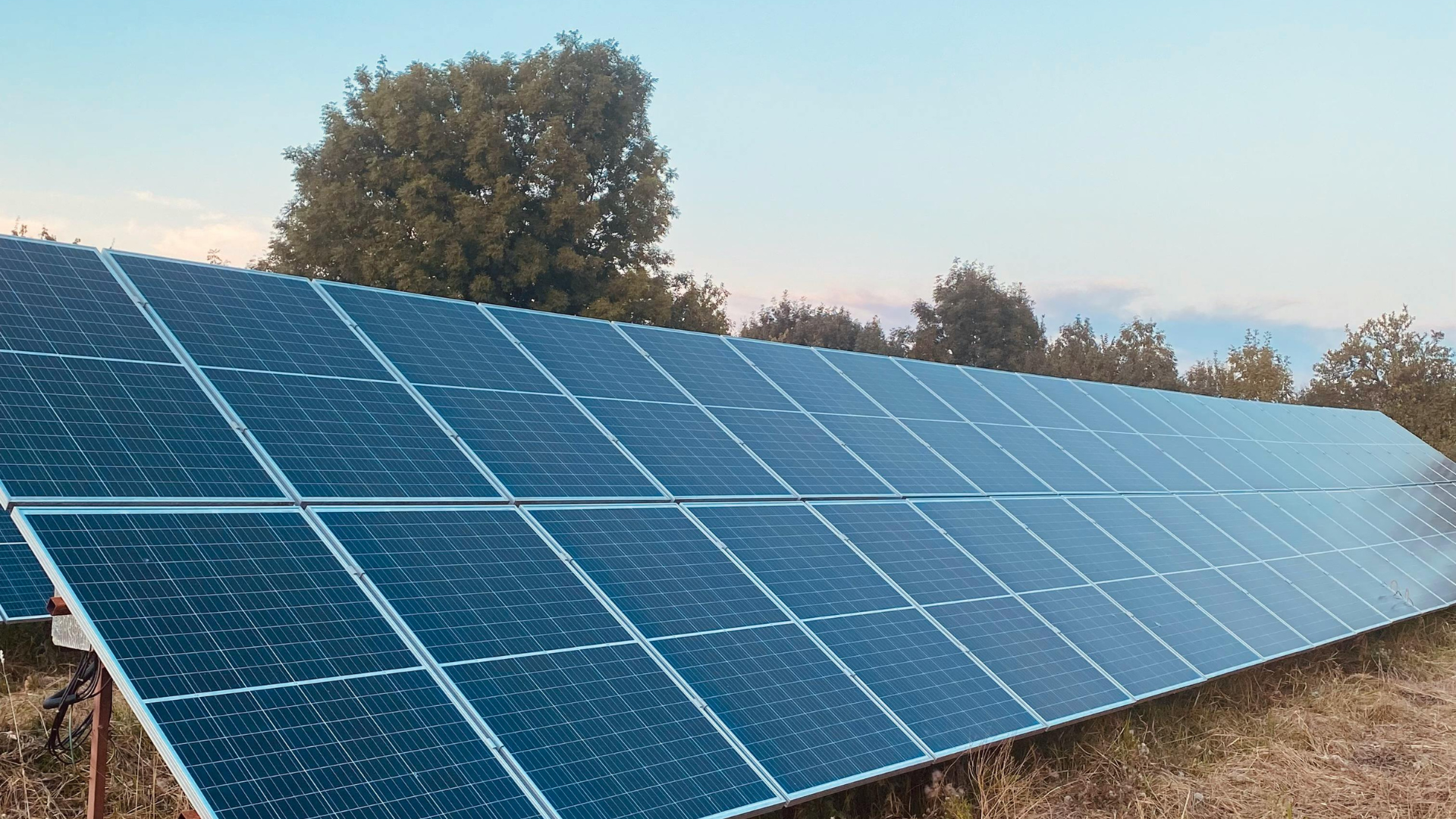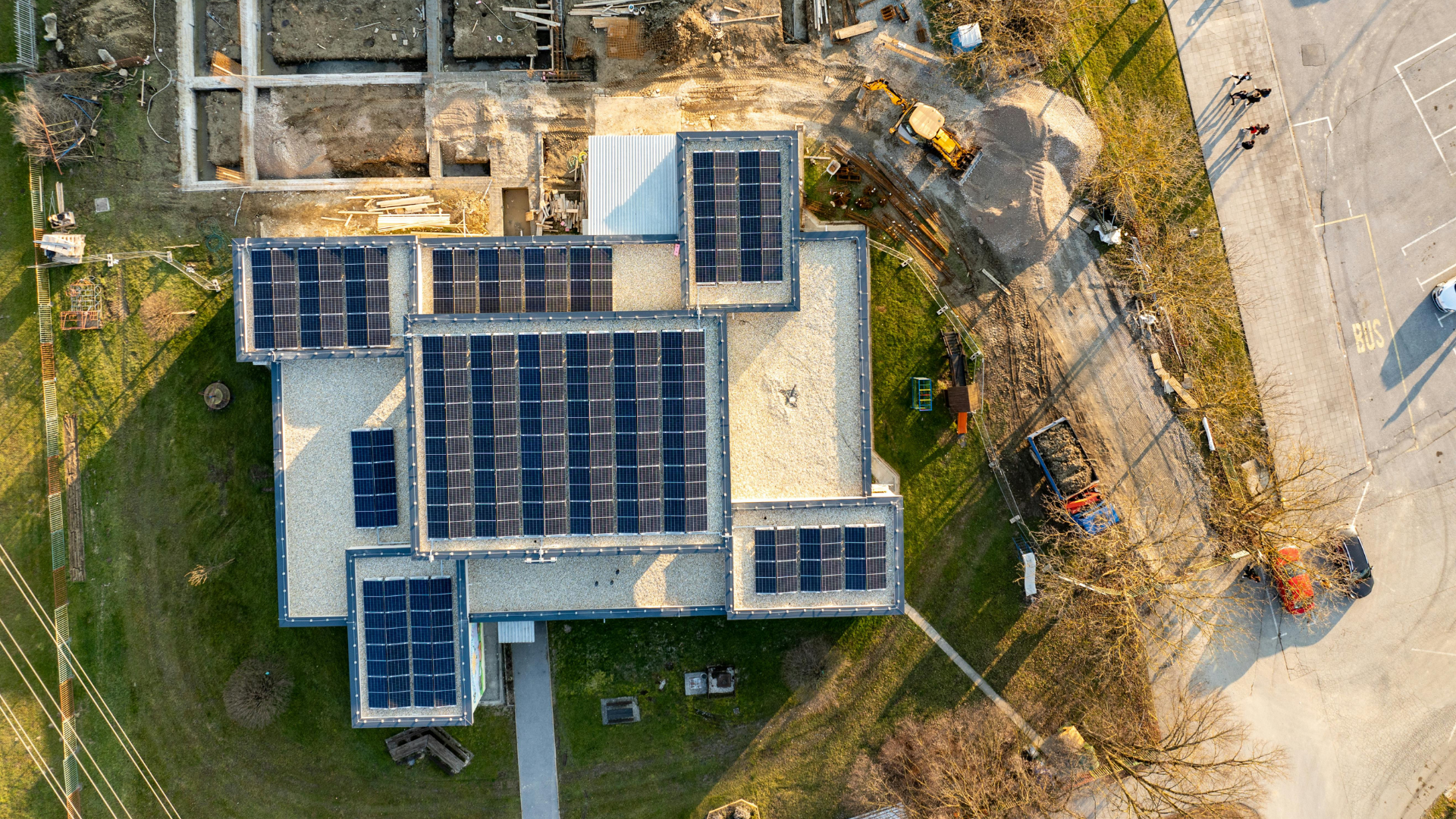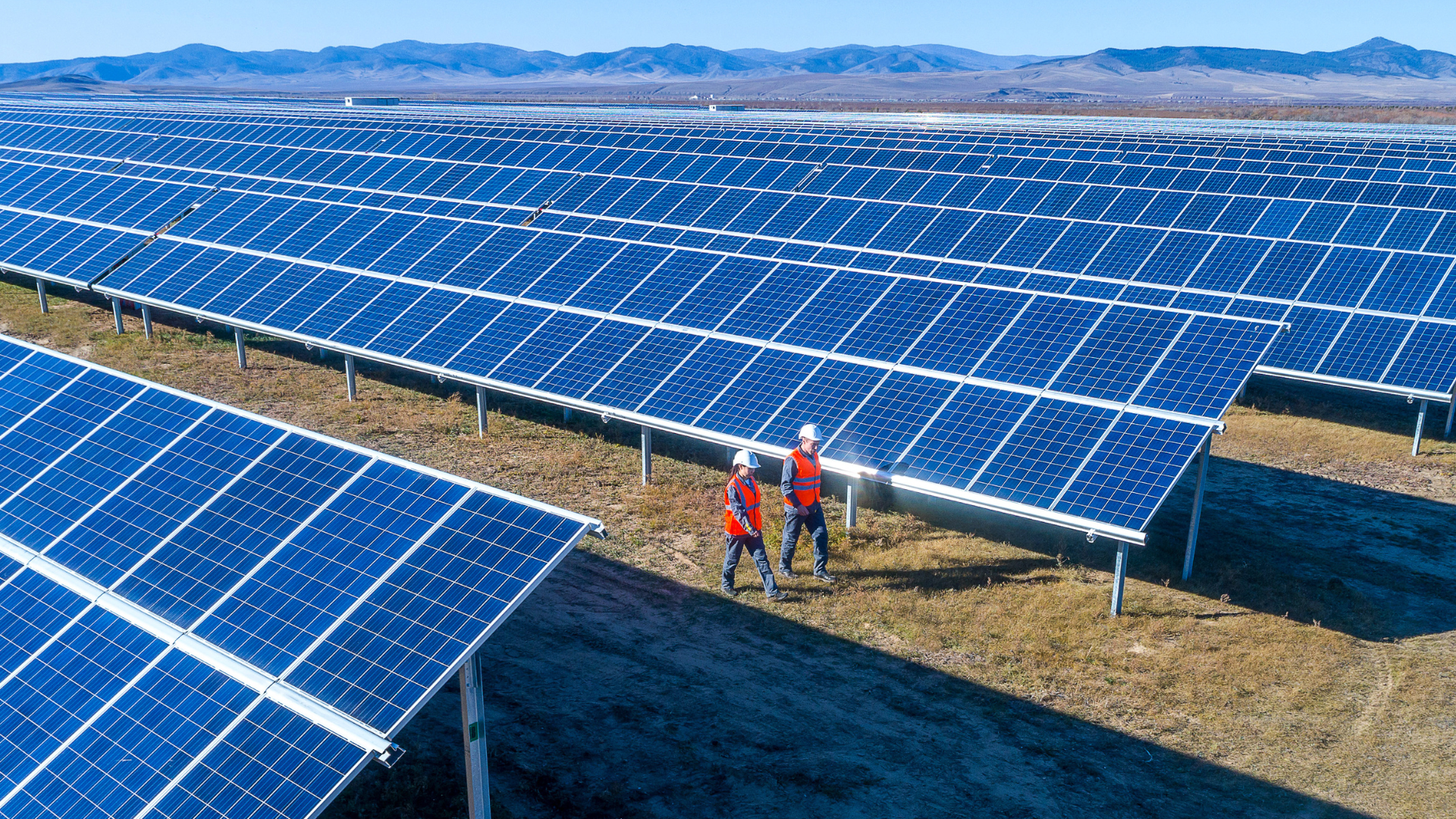July 5, 2022
What is Solar Panel Planner?
Solar panel planner is a vital tool for solar power companies/ installers who want to close more solar deals. A solar panel planner or a solar design software is a tool that helps you design a solar energy system. It can be used to determine the number and placement of solar panels.
A solar panel planner can be a helpful tool in the process of installing solar modules for business owners. Solar panel planners are an important tool for Solar PV system designers and installers.
They help Solar PV system designers and installers to:
- Select the most efficient Solar PV panels for a specific installation
- Determine the number of Solar PV panels needed for a specific installation
- Calculate the estimated cost of a Solar PV system
- Plan the Solar PV system installation
Solar panel planners are available from a variety of sources, including Solar PV manufacturers, retailers, and service providers. they can be used to plan PV systems for both residential and commercial applications.
They are typically used in conjunction with Solar PV design software, Solar PV installation software, and Solar PV financing tools. Solar panel planners can help Solar system designers and installers to save time and money by providing a comprehensive planning tool.
What are the Features of a solar panel planner?
As the demand for renewable energy increases, solar panel planners are becoming more popular. By inputting data and energy usage, they can provide you with an estimate of the number of panels you'll need to generate enough power to meet your needs.
There are a few key features to look for when choosing a solar panel planner:
1. The ability to input detailed data :
The ability to input detailed data, including square footage, insulation levels, window types and orientations, and shading from trees or other structures.
2. Estimates energy efficiency:
Solar panel planners estimates the amount of your solar energy system will produce, and how much it will cost to install and maintain.
3. The ability to compare different scenarios:
The ability to compare different scenarios, such as different panel types or different numbers of panels, to see which one will provide the best return on investment.
4. Generates a custom report :
The ability to generate a custom report that you can share with potential solar installation companies.
5. Roof orientation:
The planner will take into account the orientation of roofs when calculating the number of panels you'll need to install to the location.
6. Shading analysis:
Solar panel planner allows you to input address and gives you an estimate of how much shading analysis will affect solar panel output.
7. Energy usage:
The planner should will take into account the type of appliances your customer use and how often they're used when estimating the number of panels they'll need.
8. Cost:
The planner will generate an estimate of the cost of installing solar panels, including the cost of the panels themselves and the cost of installation.
A solar panel planner is a valuable tool for any solar company. By inputting data and energy usage, you can get an estimate of the number of panels you'll need to install and to generate enough power to meet your needs. Be sure to look for a planner with the features described above to get the most accurate and helpful estimate possible.
How to use a solar planner to get the most out of your panels?
A solar panel planner can be a great way to get the most out of your solar panels. By taking into account the orientation of the buyers home, the amount of sunlight it receives, and other factors, you can maximize the power output of your system.
Here are a few tips on how to use a solar panel planner:
1. Determine the orientation of your home:
The orientation of your buyers home will affect the amount of sunlight that hits your solar panels. If your home faces south, it will receive more direct sunlight than if it faces north. This is important to consider when planning your system, as more direct sunlight will result in more power output.
2. Consider the amount of sunlight your home receives:
The amount of sunlight your customer's home receives will also affect the power output of your system. If you live in an area that receives a lot of direct sunlight, you will be able to generate more power than if they live in an area with less direct sunlight. This is something to keep in mind when choosing the location of their solar panels.
3. Consider other factors that could affect the power output of your system:
There are a few other things to keep in mind when using a solar panel planner. Things like trees, buildings, and other obstructions can all cast shadows on your solar panels and reduce the amount of power they generate. Be sure to take these into account when planning the placement of your panels.
By following these tips, you can use a solar panel planner to get the most out of your solar panels and maximize the power output of your system.
Advantages and Disadvantages of a solar panel planner
As a solar business owner, you're always looking for ways to get an edge on the competition. Solar panel planners can be a great way to do just that. But what are the advantages and disadvantages of using one? Let's take a closer look.
Advantages:
Points out the optimal placement of solar panels :
This can be an advantage because it can help you maximize the amount of sunlight that hits the panels, which in turn can increase the efficiency of the system. Placing the panels in a location that gets a lot of sun can also help to reduce the overall cost of the systems
Takes into account the shading from trees or other structures :
This is an advantage because shading can significantly reduce the amount of power that a solar panel can generate. By taking this into account, you can ensure that your solar panels are generating as much power as possible.
Solar panel planner gets the most out of your solar investment:
By understanding how much sun your location receives, how much power your panels produce, and what incentives are available to you, you can maximize the financial return on your investment.
Disadvantages:
Solar panel planners can be expensive:
Solar panel planners are definitely expensive like for example the company Aurora solar it typically ranges from $200 to $500 where as there are many other companies with more affordable cost such as Sunbase, you can book a demo now to know more.
May not be accurate for properties with complex shading patterns :
They cannot accurately account for complex shading patterns. This can be a significant disadvantage for properties with irregular or difficult-to-predict shading, as the planner's estimate of solar potential may be significantly lower than the actual potential. But tool like Sunbase solar design tool will give u the most accurate design!
Overall, solar panel planners can be a great tool for anyone looking to get the most out of their solar investment. But it's important to understand both the advantages and disadvantages before making a decision.
How to use a solar planner to figure out the best placement for your panels?
There are a few things to keep in mind when using a solar planner to determine the best placement for your customer's panels.
1. Consider the amount of sunlight :
Considering the amount of sunlight that your location receives will give you an idea of how much power your panels will be able to generate
2. Take into account the angle of the sun:
Take into account the angle of the sun will affect how much direct sunlight the buyers solar panels will receive.
3. Consider the amount of space you have available for your panels:
Considering the amount of space your buyer has available for the solar panels will determine how many panels you can install and how big they can be.
4. Make sure to check the local building codes:
By checking the local building codes to see if there are any restrictions on where you can place your panels it will be helpful in the installation.
By following these guidelines, you can ensure that your panels are optimally placed to generate the most power possible.
Companies that uses of the Sunbase solar software can start the designer tool to build photovoltaic arrays. The desired installation area can be drawn and panels can be produced once an address has been chosen. Users can choose the equipment to utilise, and surface area-based capacity calculations can be made. To estimate PV Watts simulated production, designs take into account roof pitch, azimuth, and panel direction. Layout the battery walls, metres, and PV arrays.
When choosing the final positions for panels in a distributed photovoltaic (PV) solar plant, shading analysis is a vital step. The efficiency of the solar panels and the amount of shade determine how much rooftop space is needed for a solar PV systems.
FAQs about solar panel planner
1. What is Solar Panel Planner?
Solar Panel Planner is an online tool that helps solar professionals/ solar installers plan how photovoltaic system will look. They design solar systems with a solar design tool taking into consideration factors like shading, climate, sunlight received, etc. If you are a solar installer/ company without a solar design software, connect with Sunbase for the most affordable and accurate design tool out there!
2. What is the most efficient way to arrange solar panels?
The most efficient way to arrange solar panels will vary depending on a number of factors, including the specific location and climate, the type of solar panel being used, and the overall layout of the solar array.
3. How does Solar Panel Planner work?
Solar Panel Planner determines the amount of sunlight your location receives and uses this information to estimate how much money you could save by installing solar panels.
4. How much money can I save with Solar Panel Planner?
Solar Panel Planner estimates that the average homeowner could make solar savings of $600 per year by installing solar panels.
5. How do you calculate how many solar panels you need?
The first step is to determine how much electricity you use on a daily basis. This can be done by looking at your past electricity bills. Once you have an estimate of your daily electricity usage, you can then calculate the number of solar panels you will need to generate that amount of power.
6. How do you organize solar panels?
Organizing solar panels can be a challenge, but there are a few things to keep in mind that can help make the process easier. First, consider the layout of the solar array and how the panels will need to be arranged to maximize efficiency. Next, think about how the panels will be secured in place and what type of support structure will be needed. Finally, make sure to account for any wiring or other electrical components that will be needed to connect the solar panels to the rest of the system. With a little planning, it is possible to create a well-organized and efficient solar array.
7. How many solar panels do I need to produce with enough electricity to run my house?
Solar panels are often marketed as a way to completely offset your electricity usage. However, in order to do that, you would need a lot of solar panels. The average home uses about 940 kilowatt-hours (kWh) of electricity per month. Depending on the efficiency of the solar panel, you would need around 80-200 solar panels to completely offset your electricity usage.
Of course, the amount of solar panels you need also depends on how much sunlight your house gets. If you live in an area with a lot of sun, you can get by with fewer solar panels. If you live in an area with less sun, you'll need more solar panels.
8. How does solar panel planner help in installing solar panels?
Solar panel planner is a tool that helps in installing solar panels. Solar panel planner helps in determining the best placement for solar panels, taking into account the sun's path, the location of the home, and the orientation of the roof
9. What is the role of solar panel planner in solar panel layout tool
Solar panel planners are important tools that help you determine the best layout for your solar panel system. By taking into account factors such as the direction of the sun and the angle of your roof, a solar panel planner can help you maximize the efficiency of your solar system
Conclusion
If you're looking for a solar panel planner, we've created the perfect tool to help you figure out what size system you need and how much it will cost. Our solar calculator takes into account your location, utility company, and roof type to give you an estimate of how much money you can save with solar panels. Ready to get started?
About Sunbase
Sunbase helps solar companies succeed through a suite of Solar CRM tools like Solar Lead Management Software, Solar Proposal Software, etc.! To book your free demo or an appointment, contact us here!
One Platform. Zero Chaos. Run Your Entire Business in One Place.
Sunbase replaces your CRM, proposals, scheduling, job tracking, and reporting tools — all inside one clean, connected platform.
About Sunbase
The All-In-One Platform to Run Your Entire Business
Sunbase helps you organize operations, streamline daily workflows, and manage everything - from first customer contact to final project deliver- in one connected system.
Our Mission
- Organize your business.
- Optimize your workflow.
- Automate what slows you down.
Why Businesses Choose Sunbase
One Connected Workflow
Replace scattered tools and manual processes with a single platform that brings together your team, tasks, customers, jobs, and performance data.
🌎 Global Presence
Serving the United States, Canada, India, LATAM, Australia, and 10+ international markets.
👥 11,000+ Users
Trusted by contractors, installers, project managers, sales teams, and field technicians.
🏗️ Built for All Sizes
From small contracting teams to fast-growing enterprises, Sunbase adapts to your workflow.
Useful Links For You
Stop Managing Your Business Manually. Automate It.
Sunbase automates workflows, reduces mistakes, and helps your team get more done - without hiring extra staff or juggling multiple tools.



